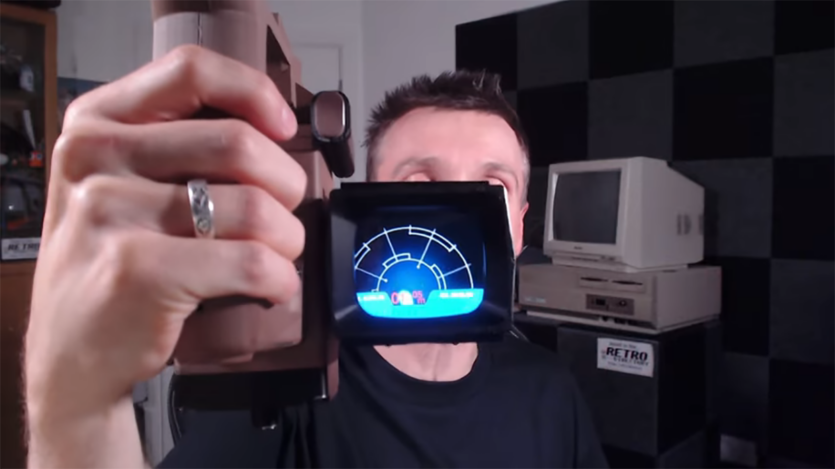
Inspired by the recent launch of the series “Alien: Earth”electronics enthusiast Rob Smith has created a “fully working M314 motion detector”. The project remained in the drawing boards for a long time — about 10 years, according to Smith, but now he has completed the Raspberry Pi-based device. The author claims that the tracker “can actually track movement at a distance of about 15 meters.” Of course, just like in the movies, the device won’t show you what exactly is moving.
On his YouTube channel, RobSmithDev, the author says that many previous attempts to recreate the M314 motion detector looked authentic. But in fact, they only played a video on the screen instead of actual tracking. Instead, Smith’s device actually shows motion on the display, can “see” through walls, and has authentic synthesized sounds.
The main obstacle that delayed the project was the lack of a suitable radar sensor. Smith’s first discovery was the RCWL-0516 Arduino Radar Module, which operates at 3.18 GHz and allows him to analyze reflected signals. This was an improvement over infrared sensors, which had significant limitations.
However, the component was changed several times in the process. The author consistently tested the RCWL-0516, HFS-DC06H, HLK-LD2410, HLK-LD2420 models, and finally settled on the latest DreamHAT+ Radar.
Information about this module accidentally came to him in the mail. Although the device was not cheap, it promised support for the 60 GHz millimeter-wave band and a range of 15 meters. This radar was characterized by high accuracy and was well suited for integration with a Raspberry Pi (4 or 5). At least, that’s what the advertisement claimed.
However, in his tests, Smith noticed that the actual range was half that claimed. The sensor also detected only one movement at a time. Question — what if there are more than one alien?
In addition to Raspberry Pi 4 Model B and DreamHAT+ Radar, Smith picked up a few other key parts — the accelerometer and TFT screen. He left their specifications and model references in the description to the video.
In the second half of the video (this is only the first part of a two-part series), the author showed a working interface with a “radar” display. He even softened the arc lines on the grid to make the image look like a print of an old CRT monitor.
He paid no less attention to the sound. The audio in the M314 motion detector played a key role in creating tension in the original films, and the synthesized pitch-variable signals that Smith implemented in his device are as close to the original as possible.
The author also published a list of tasks that still need to be completed, so the work continues. In the second video, he promises to show the final version of the tracker, a complete list of components, and even the source code so that those interested can build their own M314 motion detector at home.
Source: tomshardware

Spelling error report
The following text will be sent to our editors: